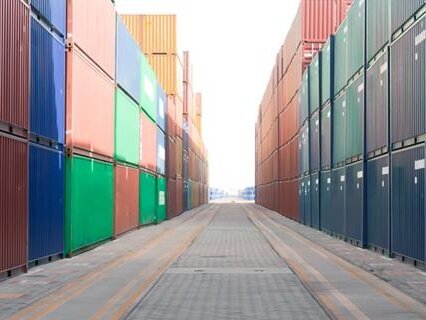TT Talk - Safety Warning Over Ship's Crane

The UK Maritime Administration's Marine Accident Investigation Branch (MAIB) publishes a regular Safety Digest and a recent issue contained an accident involving a stores crane on a ship.
According to the Digest, a product tanker was loading a cargo of gas oil and a stores barge was secured on the outboard quarter of the ship. The ship was fitted with a stores crane with a SWL (safe working load) of 0.8t on that side. It was mounted on a pedestal above the deck and the bosun climbed up onto the platform mounted on the side of the pedestal to operate the controls. In that position he had a good view of the stores barge.
When a second load, which weighed 788kg (and therefore within the SWL of the crane), started to lift it suddenly lowered and landed heavily and a crewman saw both the crane and the bosun falling. The crane struck the side of the ship, hit the deck of the barge, crushed a rubbish skip and finally fell into the sea. The bosun fell onto a lifeboat deck some 5-6m below and, although he suffered serious injuries, he survived but was very fortunate not to be killed.
The crane had passed a five yearly load test less than three years before and the most recent annual inspection had been conducted by a classification society six months previously. Furthermore, the ship's managers had a detailed planned maintenance system in place for the cranes on board with inspections completed at regular intervals. All of the records appeared to be in order and, therefore, the reason for such a catastrophic failure was not immediately clear.
However, when the nuts and bolts holding the crane pedestal to the ship's superstructure were examined, the cause became very clear. They showed extensive and long-term corrosion to such an extent that the threaded parts were reduced to 50% of their original diameter. Furthermore, very few of the nuts were complete and none would have provided any significant holding down force. It also became apparent that the nuts and bolts had been heavily painted thus disguising their underlying condition. The other cranes on the vessel were inspected and they showed similar corrosion on the holding down bolts.
It is clear that the failure was caused by lack of maintenance over a lengthy period of time. What, for example, can be reasonably expected to be done by way of maintenance of items such as holding down bolts and who should do it? With ship crew numbers now down to the bare minimum, can it be expected that they will do what is necessary or is it a shipyard job when the ship is dry-docked? This was a non cargo-handling crane but the same problem could apply to cargo cranes as well. With the latter, ILO Convention 152 specifies a regular testing and thorough examination regime and what should an Inspector or Surveyor do when faced with those items? Are they, in fact, considered to be part of the lifting appliance at all? An investigation is currently underway but in the meantime, readers are alerted to this situation.
- Author
- Staff Author
- Date
- 23/06/2010





